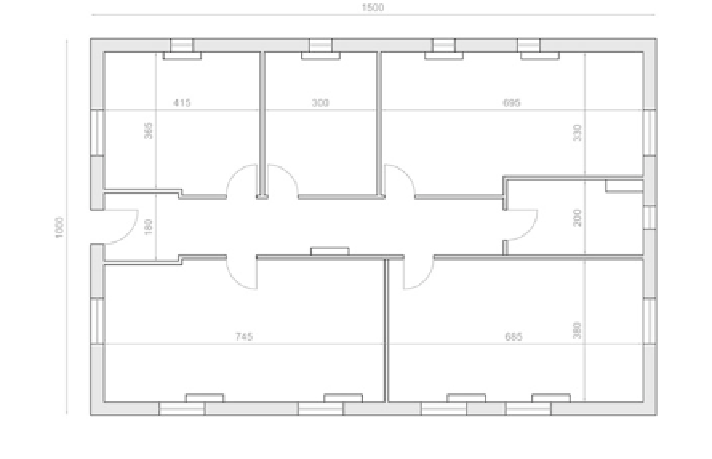Civil Engineering Reference
In-Depth Information
Fig. 1
Case study A—plan
and floors. The structure is made of concrete, and the envelope is built with hollow
brick walls, 36 cm thick. The wall border on the staircase is made of concrete with
plaster on the external sides. Even in this case, there is no attention on the energy
performance of the building: the windows have single glass with wood frame, and
the envelope is not insulated (U
window
= 5.750 W/(m
2
K)).
The main features of the buildings are reported in Table
1
.
5 Boundary Condition: Climate and Heating Season
Considering the different climate conditions and basing on the degree days, Italy
has been divided into six climatic zones; the most significant one for heat con-
sumption, both because of the number of constructions in the territory and because
of the severity of climate, is zone E. Therefore, the main part of the work is
focused on the analysis of the results related to these climatic conditions.
In fact, the buildings are located in Milan, characterized by a heating season
lasting from October 15 to April 15 and 2,404 degree days.
Furthermore, in order to evaluate the influence of the climate on the percentage
gap in the results, other locations representative of the overall climatic zone in
Italy were chosen (Table
2
); in particular, some calculations related to the com-
bination of the intervention are expounded.

